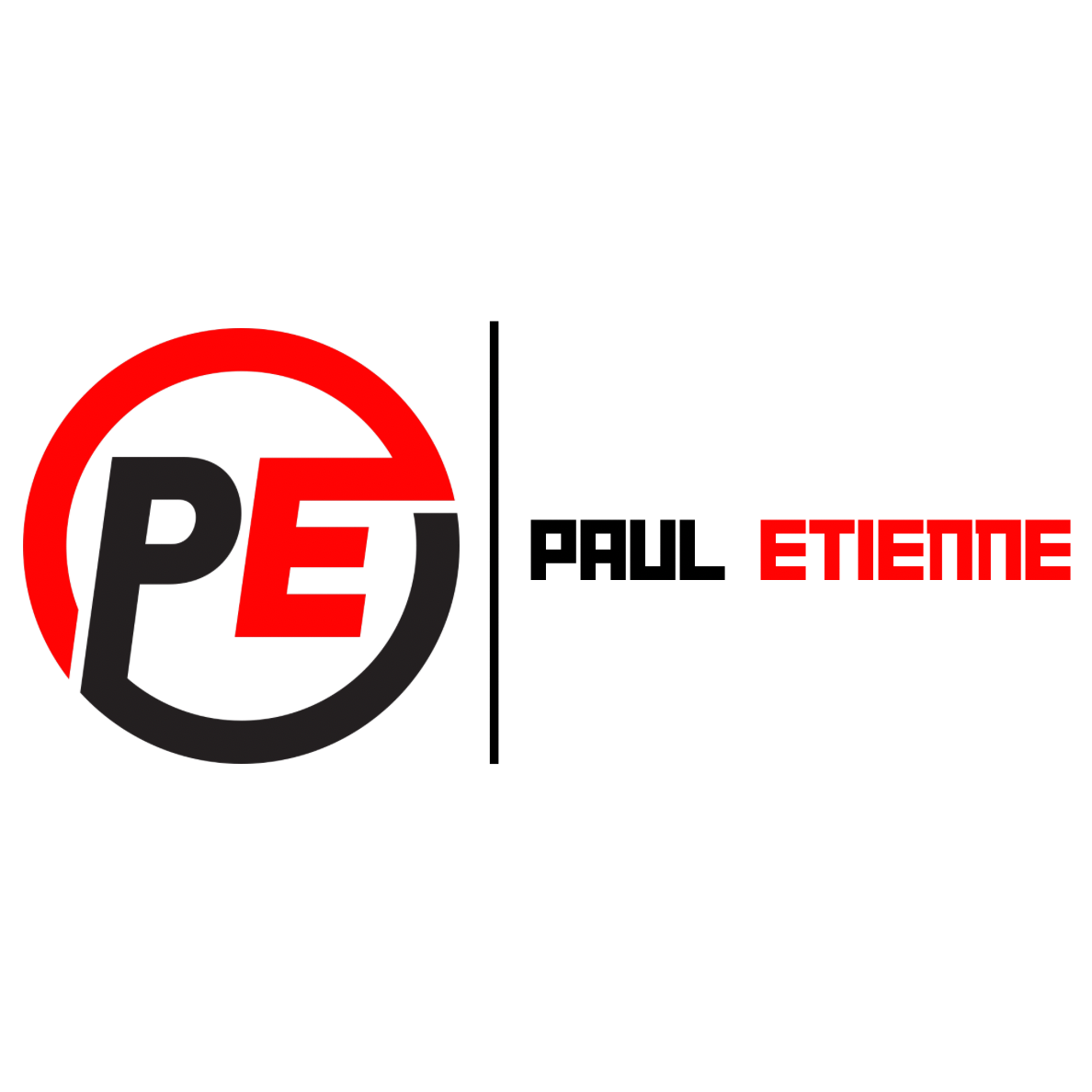Retirement benefits are a crucial aspect of any comprehensive employee compensation package. Providing retirement benefits not only helps attract and retain top talent but also ensures the financial well-being of your workforce in their later years. In this step-by-step guide, we’ll explore the importance of offering retirement benefits and how to implement them effectively within your organization.
Why Offer Retirement Benefits?
Meta Description:
Discover the significance of offering retirement benefits to your employees and learn how to implement them effectively for a secure financial future.
Retirement benefits are not just a perk; they are a strategic investment in your company’s success. Here’s why you should consider offering them:
- Attract Top Talent: Prospective employees often consider retirement benefits when evaluating job offers. Offering competitive retirement plans can give your company a competitive edge in recruiting the best candidates.
- Employee Retention: Once you’ve attracted top talent, you want to keep them. Retirement benefits contribute to employee loyalty, reducing turnover rates and the associated recruitment costs.
- Tax Benefits: Many retirement plans offer tax advantages for both employers and employees. Understanding these tax benefits can help you optimize your compensation strategy.
Steps to Offering Retirement Benefits
Meta Description:
Learn the step-by-step process to offer retirement benefits to your employees successfully. Attract and retain talent while securing a bright financial future for your workforce.
Implementing retirement benefits may seem complex, but breaking it down into manageable steps can make the process more straightforward:
- Assess Your Budget: Determine how much you can allocate to retirement benefits without compromising other essential compensation components.
- Choose the Right Plan: Select a retirement plan that aligns with your budget and employee needs. Common options include 401(k)s, IRAs, and pension plans.
- Educate Your Employees: Communicate the benefits of your retirement plan to your employees. Offering educational resources and workshops can help them understand the value of these benefits.
- Enroll and Administer: Set up the chosen retirement plan and ensure that employees can easily enroll. Consider automating contributions to simplify the process.
- Monitor and Adjust: Regularly review the performance of your retirement plan and make necessary adjustments to keep it competitive and effective.


